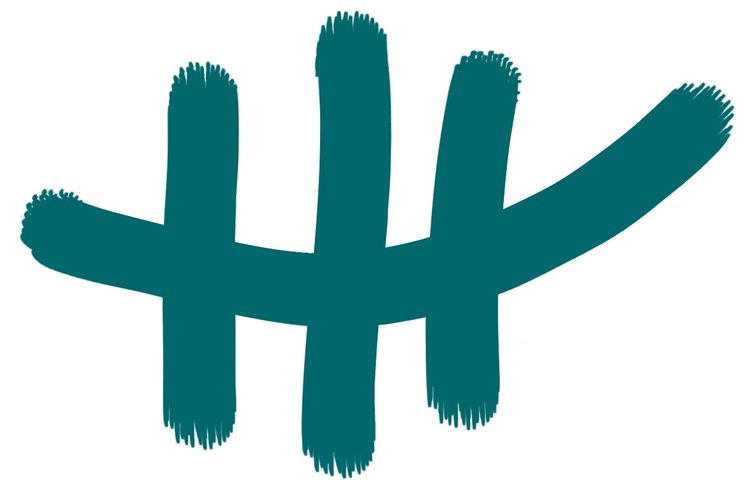Joshi Puroresu, 2018-Ongoing
Manami Toyota vs. Kyoko Inoue 1, 11”x14” oil on board
Manami Toyota vs. Kyoko Inoue 2, 11”x14” oil on board
Akira Hokuto vs. Shinobu Kandori, 11”x14” oil on board
Meiko Satomura vs. Io Shirai, 11”x14” oil on board
Meiko Satomura vs. Aja Kong, 11”x14” oil on board
Megumi Kudo vs. Shark Tsuchiya, 11”x14” oil on board
Megumi Kudo vs. Combat Toyoda 1, 11”x14” oil on board
Megumi Kudo vs. Combat Toyoda 2, 11”x14” oil on board
Akira Hokuto vs. Eagle Sawai, 11”x14” oil on board
Akira Hokuto vs. Bull Nakano 1, 11”x14” oil on board
Akira Hokuto vs. Bulls Nakano 2, 11”x14” oil on board
Akira Hokuto vs. Bull Nakano 3, 11”x14” oil on board
Manami Toyota vs. Kyoko Inoue 3, 11”x14” oil on board
Bull Nakano vs. Aja Kong, 11”x14” oil on board
There are hundreds of thousands of hours of pro wrestling videos available on the internet and various subscription packages. Most of this content is men’s pro wrestling, but some of the best of it is women’s pro wrestling. The golden age of women’s pro wrestling happen in Japan in the 1990’s. It is referred to as Joshi and it put American women’s pro wrestling to shame. These Joshi wrestlers (who were not all Japanese, but most of them were) did the same moves as their male counterparts at a time when American women were little more than props, pawns, and sideshow performers in the context of pro wrestling. Joshi is known for its brutality (there is often blood) and credibility as high-quality product. Many Joshi top-card performers are some of the best wrestlers the world has ever seen, regardless of gender. Anyone who denies this doesn’t know what they’re talking about. One of the most appealing things to me about Joshi is the complete subversion of the traditional measures of value used to evaluate women. This is a space where beauty and courtesy are irrelevant, where women are free to appropriate narratives of power traditionally ascribed to male characters, and to embrace (or shun, as they please) the traditional Samurai code of honor and ethics, Bushido, which is referenced almost constantly by Japanese men’s pro wrestling.
Many Joshi wrestlers are distinctly feminine, which is important because they are building up a mass of narratives giving flesh to the illusive concept of “the Fearsome Woman”. This is an archetype I’ve been curious about for the last few years; what makes a woman truly fearsome? Does she have to be feminine to be the Fearsome Woman? Absolutely not. But, from what I can tell, when the Fearsome Woman pops up in other forms of media, she is often hyper-sexualized or stripped of her gender all together. In Joshi, fearsomeness is represented in androgynous, feminine, and masculine women alike, broadening the scope of representation of fearsomeness which, I believe, is a quality that resides in all women, whether or not it is realized.
To paint these Joshi wrestlers, I am doing a number of things. Firstly, I am appropriating the traditionally male realm of combat in painting. More broadly, Joshi (and women’s pro wrestling in general) appropriates masculine social aggression in the way it represents conflict. As a painter, I am making space for these stories of women in combat.
Secondly, by choosing to paint Joshi wrestlers in action, I am subverting the traditional role of the female body in paintings. The viewer remains a spectator, but not a voyeur. The subjects are engaged in a display of their power, as opposed to a more traditional display of submission or passivity.
Finally, by painting these scenes in oil, I have elevated the lowbrow, ignoble art of pro wrestling to high art. I hope this confronts any viewer who looks down on pro wrestling to ask: why does this deserve to be painted? My answer is that pro wrestling is an art form fit to be admired as highly as theatre or dance. To me, wrestling represents something that is utilitarian and aims to include all. This is in contrast to highbrow performing arts like ballet and opera, the viewership of which have traditionally been limited to those with the means to afford expensive tickets. Not only does pro wrestling happen in venues with cheap seats (or at no cost to the viewer, like Minoru Suzuki’s 30 Anniversary show he put on outside, for free, in his hometown), it’s embrace of TV broadcasting opened up its fan base and created more revenue, serving both the art, and the con of pro wrestling. So, why does pro wrestling deserve to be painted? Like I said: because it’s art.














